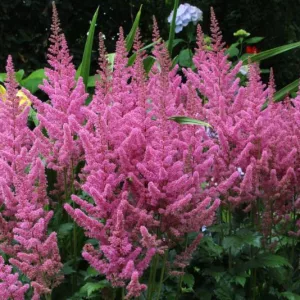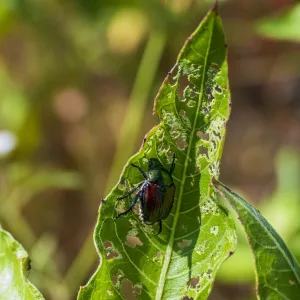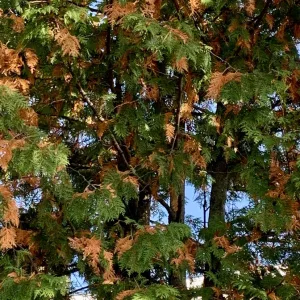“When is the best planting time?” is one of the questions I get asked most frequently. We traditionally think of spring as the best time to plant and that is true if the discussion is about annual flowers, herbs, and vegetables. However, trees, shrubs and perennials that are grown in containers and sold that way, can be planted at any time.
The qualifier I always add on when asked this question in the summer is that it is safe to plant as long as you are around to adequately care for new plantings during periods of hot, dry weather. These weather conditions are taxing on newly installed plants that are trying to settle in and establish strong roots.
It is often tough to convince someone that only thinks of spring as ‘the time to plant’ that fall is also an excellent planting time. Of course, one of the challenges of fall planting is that garden centres aren’t as well stocked with the plants you may be looking for. However, if you are looking to plant a tree, add a few perennials to your garden or plant an entire bed, choices can be made from available supplies. Just leave spots open for popping in missing plants that are your wish list when they are back in stock in the spring.
The main goal when planting is to ensure that strong, new roots grow. The roots job is to anchor the plant in the soil and supply the water and nutrients that it needs to thrive. Adequate moisture must be present in the soil so that roots grow well, and leaves stay hydrated. Unless we have an unusually hot, dry fall, it is an easier time of year to keep garden beds moist.
You should never be concerned if the plants you are considering purchasing in fall have a few leaves that aren’t perfect. Within a month or so, trees, shrubs and perennials will start to shut down and enter their dormant period. Leaves will be dropping on all deciduous trees and shrubs. Perennial foliage will start to die back as all energy returns to the roots.
As long as the trees and shrubs you are considering have good bud formation for next year’s growth and a healthy root system, they are good candidates for planting. Perennials just need to have healthy roots. They upper foliage will totally die back in the fall.
Below the soil, out of sight, plants will continue to grow new roots right up until the ground freezes. If we do have periods of warm, dry weather in September and October, be sure to check soil moisture. If the soil is dry three to four inches below the surface, water the garden well. Just be cautious if you have predominantly clay soil in your yard, as this type ususally drains poorly. Over-watering can rot roots and kill plants.
I have talked to some experienced gardeners that will only plant trees and shrubs in the fall. They know a plant will only have to focus on new root growth. It won’t have to split its energy between both root development and leaf growth.
As a word of caution, be sure you do get all your plants in the ground by the end of September. You do want them to settle in before the really cold weather arrives and the ground freezes.
Fall is also an excellent time for lawn repair and sowing grass seed. Cooler weather and good soil moisture make for excellent germination conditions. Just be sure to keep your seed bed constantly moist so new grass seedlings don’t dry out and wither.
Still on the topic of your lawn, if you had a problem with white grubs damaging the grass last spring, apply another round of grub control in the fall. Eggs laid by the beetles in July will hatch in August. Young larvae begin feeding in late summer and continue into fall. They are easiest to control when they are small.




